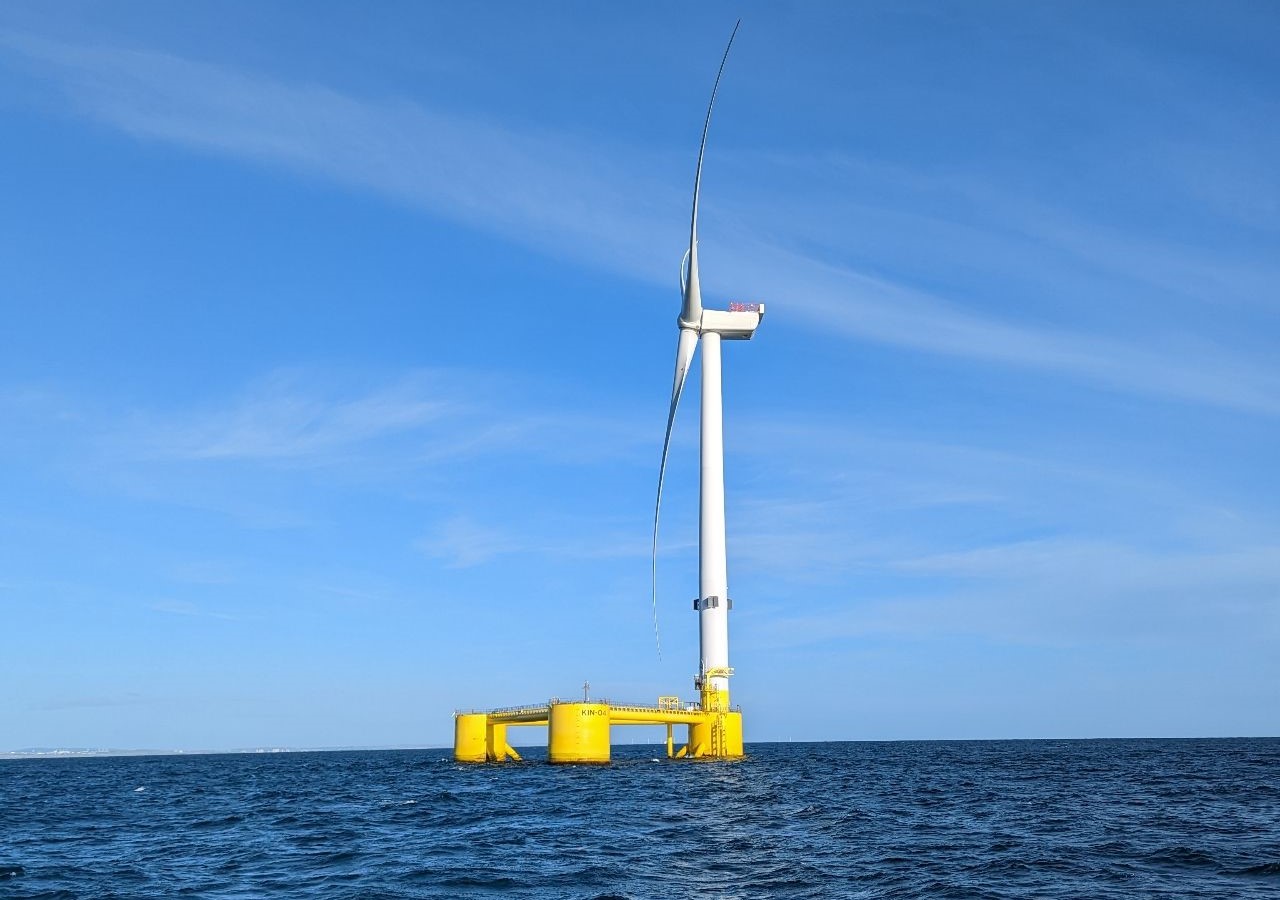An interesting first look at the “Tow-to-Port” strategy for floating O&M at Kincardine Offshore Windfarm. In 2022, we saw the world’s first “Tow-to-Port” major component replacement at KIN-03. This summer a second replacement followed at KIN-02.
A 36% Decrease in Time Spent from the First to the Second Operation
The second “Tow-to-Port” saw a 36% decrease in time spent on the towing back and forth from the port, the repair in port and the main on-site activities. The reduction in time spent occurred despite using a similar four-vessel marine spread. Improvements were seen across the operation for both the towing duration and the disconnection and re-connection of mooring lines and dynamic cables.

Photo by Adele Brownlie
Challenges of Floating Wind
The depth of sites utilized for floating offshore wind means that jack-up vessels cannot be utilized for major component exchanges. This raises new challenges of how to carry out major component exchanges. One approach is the “Tow-to-Port” which we see here. Clearly, there is still a need to optimize the process around this approach. Another approach is in-situ repairs. There is still significant research needed for this approach to be applied for commercial projects.





